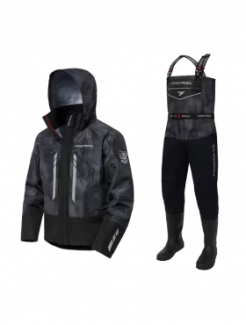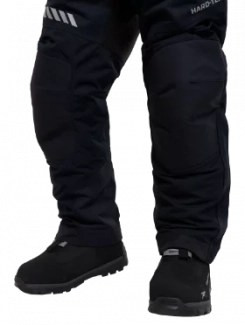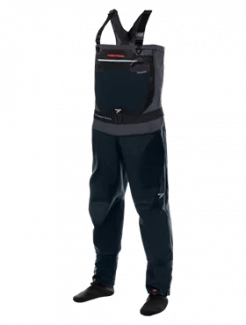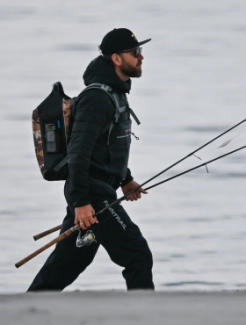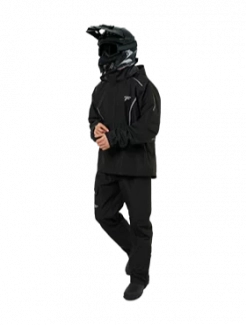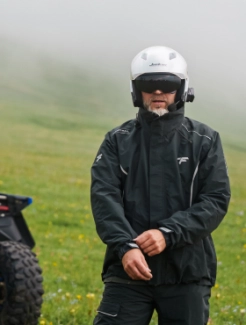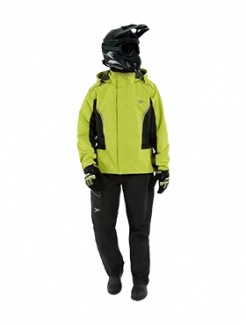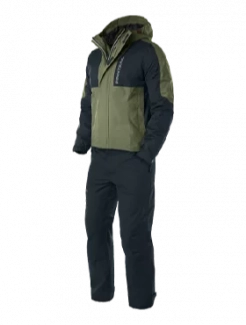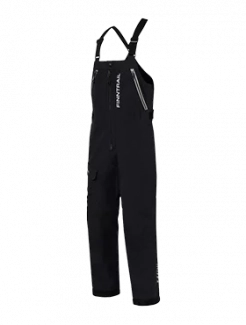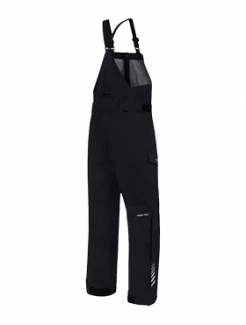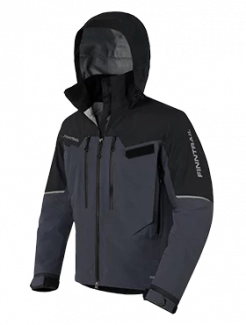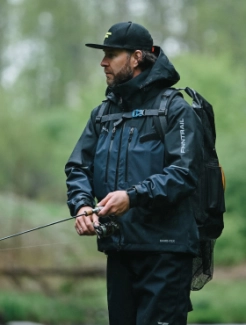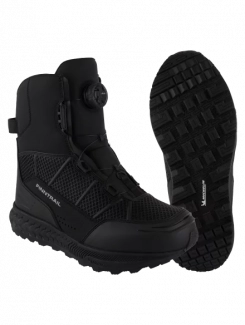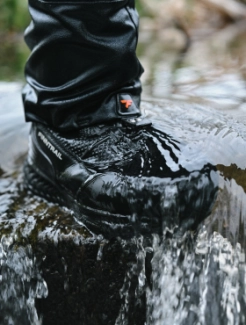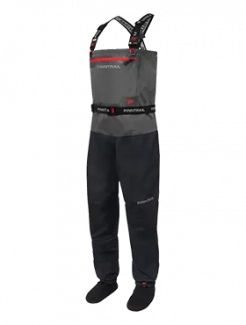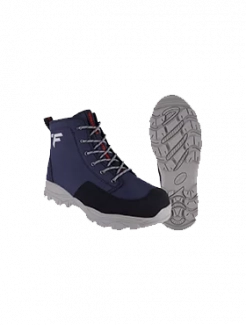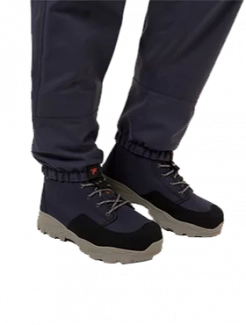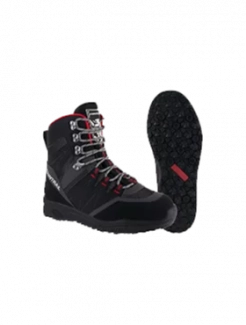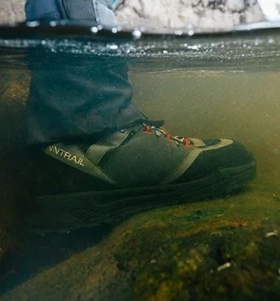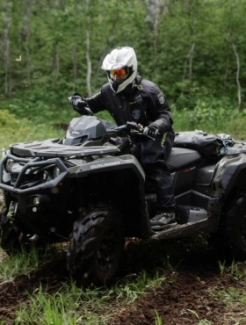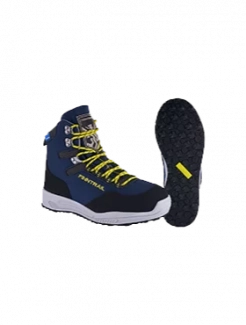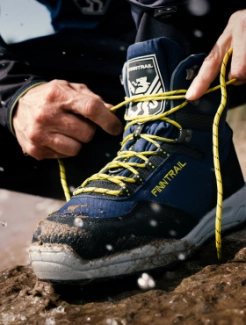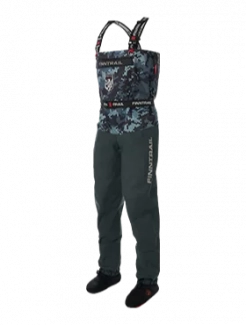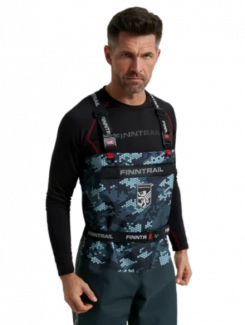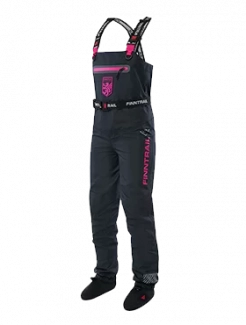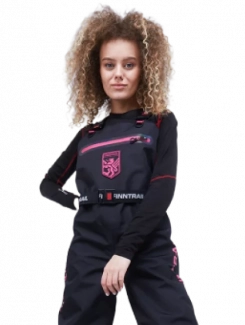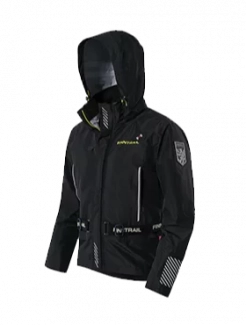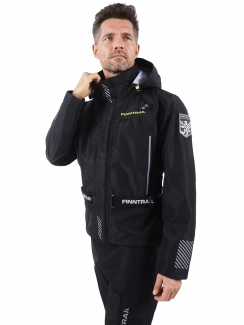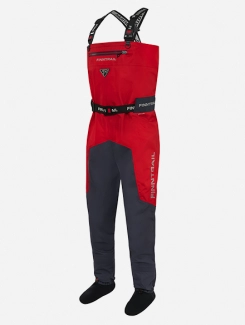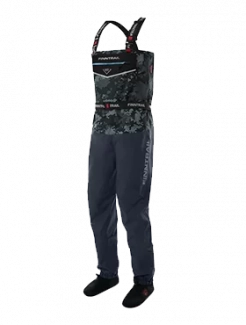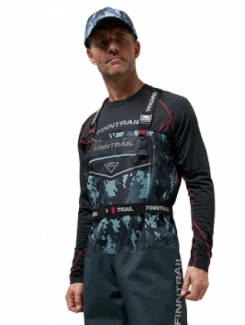How to Wear Goggles with ATV Helmet
ATV helmets and goggles are both 100% necessary pieces of riding gear, but figuring out how to wear them together may not be easy. This post will tell you how to wear goggles with ATV helmets.
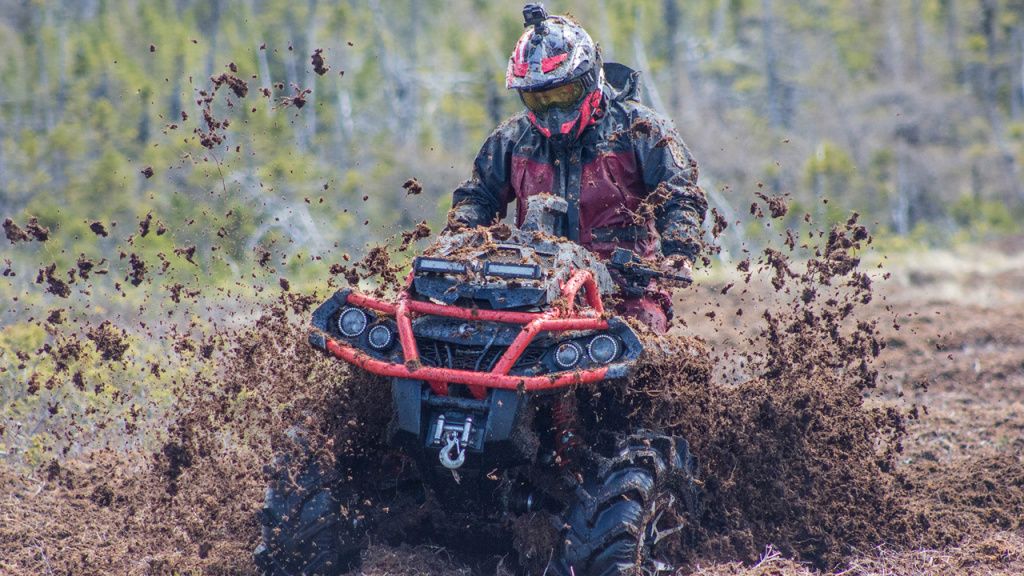
Why You Need a Helmet and Goggles for ATV
Protection
A DOT-approved helmet will reduce the chance of a head injury by as much as 85% in the event of impacts and accidents.
Goggles protect your eyes from minor and major threats including wind, mud, dust, debris, impacts, and accidents.
Vision
Good goggles keep your eyes clear of irritants and vision obstructors, prevent fog build-up, and have special lenses and coatings that can improve your visual clarity, heighten contrast, improve depth perception, or reduce glare.
Why It’s a Challenge to Pair an ATV Helmet and Goggles
Both the helmet and goggles have to fit onto your head and face without getting in the way of the other. There isn’t but so much space to work with here, particularly when you have a full-face helmet that covers the bottom part of your face too.
How to Pair ATV Goggles and Helmet
The first thing to do is choose goggles that fit your helmet. Choose goggles for ATV helmets. They’ll be more likely to have the features you need as an off-roader and to fit ATV helmets. Be aware that the exterior of the goggles has to fit comfortably inside the opening of the helmet.
You need to make sure the goggles are slightly smaller than the opening in the helmet. You can carefully measure the two items for online purchase. One way to be sure is to take one of them into the store when you’re buying the other, say bring your helmet when you get ready to purchase goggles. That way you can try them on with the helmet.
It’s easiest to buy a four wheeler helmet goggles set. They’ll be made to fit together, so there’s no doubt.
While trying the helmet and goggles on together, make sure that any existing visors can be used with the goggles in place and that you can even get the goggles on around the visor.
If you already have the goggles, and the helmet you’re trying on doesn’t fit, you could choose a different type of helmet altogether or get a slightly larger size in the helmet (just enough to make the viewport bigger).
How to Put on Goggles with ATV Helmet
Put the helmet on and make sure it fits well. You can test this by trying to turn the helmet or having someone else try to turn it. If it stays pretty secure, it fits well. If you feel it move much, it needs to be secured better or a smaller size.
Once your helmet is on, take the goggles and place them over the helmet, with the goggles inside the opening of the helmet. If you’re wearing a full-face helmet, the nose of the goggles should be tucked into the chin guard. The goggles should fit on the helmet and rest snugly but comfortably on your face. If you experience any irritability, discomfort, or marks on your face after only a few minutes of use while wearing your goggles, something is wrong. If you’re having trouble finding goggles that fit your helmet and don’t hurt your face, try purchasing goggles with a silicone-lined strap. They reduce tension on the strap and encourage a more comfortable fit.
When you want to lose the goggles, say to just walk around a bit, don’t rest your goggles on your chin guard. It’s tempting, but the air from your mouth will fog your goggles, and you’ll have moisture to contend with when you try to put them back on. The better option is to turn the goggles around so the strap is above your face and the lenses are on the back of your helmet.
Goggles or Face-shield?
Choosing a face shield certainly seems easier than trying to figure out how to wear goggles with dirt bike helmet/ATV helmet. That’ll just cover the whole face, no more worrying about fit. Off-roaders need goggles. When you’re engaging in other less demanding sports, a face shield can cover your face and reduce wind noise without causing you noticeable breathing issues, but you need more air on the trail. Dirt could also clog the opening mechanism and you could be stuck with your face shield down. Face-shields are also inferior to goggles when it comes to dealing with mud.

